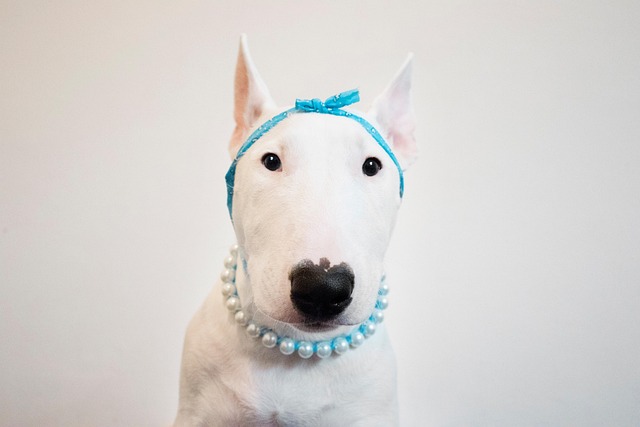
How do i train my dog to be obedient?
Watching your dog dart across the park ignoring your calls isn’t just frustrating—it can put them at risk near busy streets or public spaces.
How long does it take for a dog to get used to being alone? Most new pup parents notice the same pattern: grab your keys, and suddenly your furry friend is pacing, whining, or even chewing the couch. It’s a common stressor, but the timeline isn’t one-size-fits-all. Some dogs adapt in a few weeks; others need months. Much depends on their age, past experiences, and how you guide the process.
Dogs are pack animals, so being left alone goes against their natural instinct to stay with their group. Puppies, especially those under six months, often struggle more—their brains are still learning what’s “normal,” and separation can feel like a threat. Adult dogs with a history of frequent human contact might also take time, while rescue dogs who’ve been abandoned may need extra patience to trust that you’ll return.
The key is slow, consistent training. Start small: step outside for 2 minutes, then 5, then 10. Leave a stuffed Kong or a puzzle toy filled with treats to create positive associations. When you return, keep greetings calm—overexcitement can make leaving harder next time. This builds their confidence that alone time isn’t permanent, and good things happen during it.
 Never scold a dog for acting out when left alone. Yelling or punishment only teaches them to fear your reaction, not to stay calm. Instead, reward quiet behavior. If they lie down while you’re getting ready to leave, toss them a treat. This positive reinforcement helps them link solitude with good outcomes, which is far more effective than discipline.
Never scold a dog for acting out when left alone. Yelling or punishment only teaches them to fear your reaction, not to stay calm. Instead, reward quiet behavior. If they lie down while you’re getting ready to leave, toss them a treat. This positive reinforcement helps them link solitude with good outcomes, which is far more effective than discipline.
Environment matters too. In apartments, a cozy corner with their bed and favorite blanket can feel safer than a large, empty room. Make sure they’re crate-trained if that’s their space—crates should be a happy spot, not a punishment. And remember, even while working on alone time, regular walks and playtime are non-negotiable. A tired dog is a calmer dog, and it keeps up with community norms—no one wants a restless pup barking all day in close quarters.
Local laws play a role here, too. Ensure your dog is up-to-date on vaccines, as required by most cities, and always clean up after them during potty breaks. These steps keep your pup healthy and neighbor-friendly, which makes the whole training process smoother. After all, a well-socialized dog who knows basic manners will adjust to alone time better than one who’s rarely out and about.
There’s no magic number, but with patience, most dogs learn to relax when alone. A puppy might take 8-12 weeks with daily practice; an adult dog could settle in 4-6 weeks. The goal isn’t perfection—it’s a dog who can chew their toy instead of the door when you run to the store. Stick with the routine, stay positive, and you’ll both get there.

Watching your dog dart across the park ignoring your calls isn’t just frustrating—it can put them at risk near busy streets or public spaces.

New puppy owners often find themselves rushing to clean up accidents before they set in, and that’s where puppy pad training becomes a game-changer.

If you've noticed your dog's waistline disappearing and your veterinarian has mentioned those few extra pounds, your first instinct might be to simply reduce the amount of food in their bowl.

Training a dog to use a designated spot indoors isn’t as daunting as many new owners fear, but it does take consistency and an understanding of your pet’s needs.

That moment of dread on a walk is all too familiar for many new dog owners. You see another dog approaching down the sidewalk of your neighborhood

If the sight of another dog on your neighborhood walk makes your heart sink as your own dog erupts into a frenzy of barking and lunging, you're not alone.